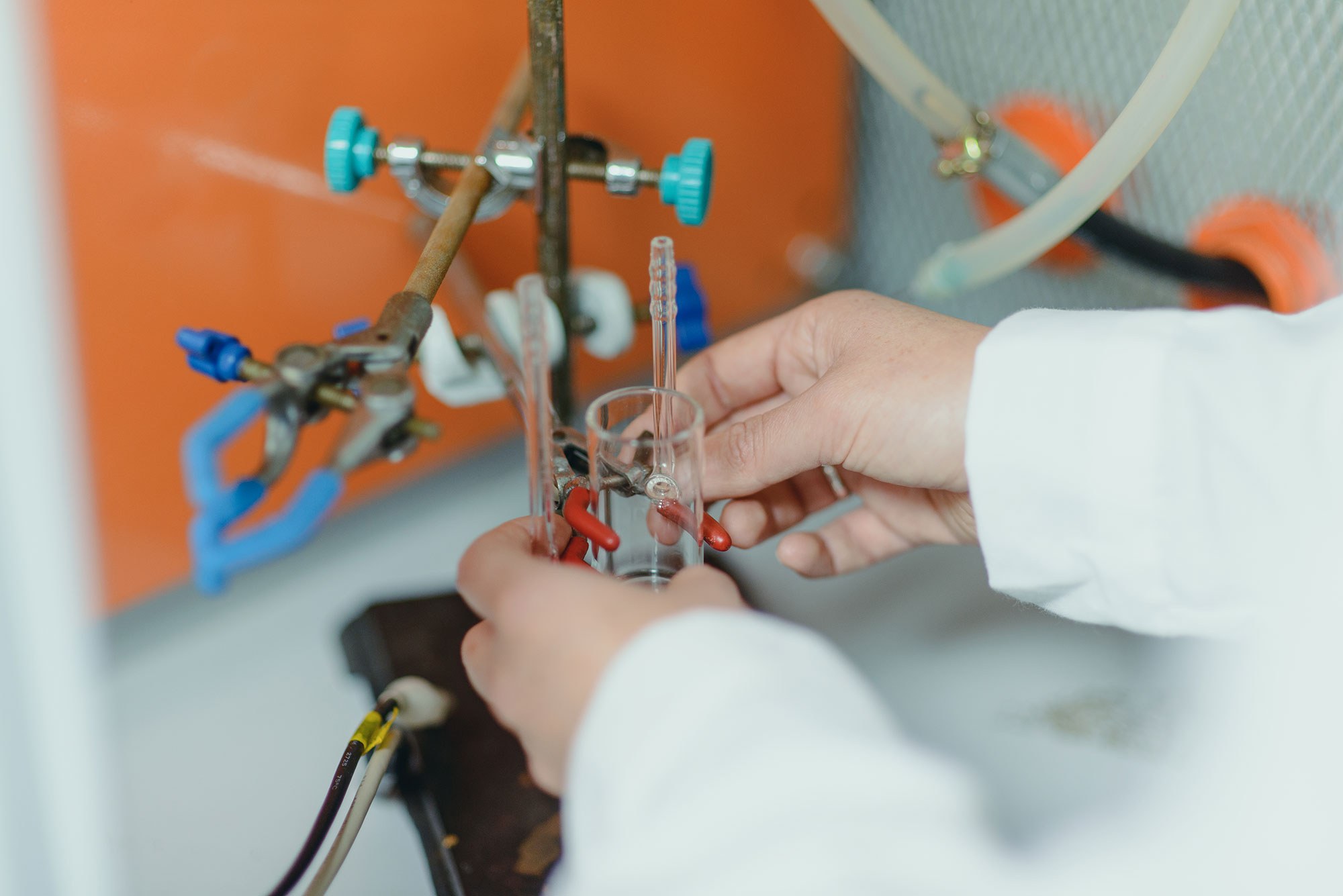Morales-Quintana, L., Bustos, D., Gallego, J., Valdes, O., Guzmán, L., Nachtigall, F. M., Marican, A., Hernández-Rodríguez E. W., Avila-Salas, F., Bueno-Silva, W., Santos, L. S. & Castro, R. I. (2022). Physicochemical and computational analysis of the melamine resin derivative for the glyphosate absorption from water using Langmuir-type model. International Journal of Environmental Science and Technology, 1-12. https://doi.org/10.1007/s13762-021-03685-5
Abstract: Conventional pesticides are biosynthetic chemicals that are effectively used for the control of weeds, diseases, and pests worldwide. Among them, glyphosate, one of the most commonly used broad-spectrum herbicides, might cause a series of environmental problems and pose a toxicological risk to aquatic organisms; even though many developed countries currently prohibit its use, it is still commercialized and used in some countries. Alternatively, melamine resins have been used as adsorbents for many substances due to their chemical and physical properties. Hence, this study focuses on determining the capacity of melamine resin derivatives to serve as adsorbents of glyphosate. Melamine resin was synthesized using a condensation reaction between melamine and glyoxal. The reaction product was fully characterized by Fourier transform infrared spectroscopy, scanning electron microscopy, Raman spectroscopy, matrix-assisted laser desorption ionization time-of-flight mass spectrometry, thermogravimetry analysis and molecular dynamics simulations. The ability to remove glyphosate from water was tested, and the adsorption efficiency was evaluated. Furthermore, the kinetics and equilibrium of the adsorption process on the resin were studied with Langmuir isotherms. The maximum adsorption of glyphosate by the synthesized resin was 62.1 mg g−1, which is comparable to that by activated carbon.
Fabián Ávila
fabian.avila@umayor.cl


